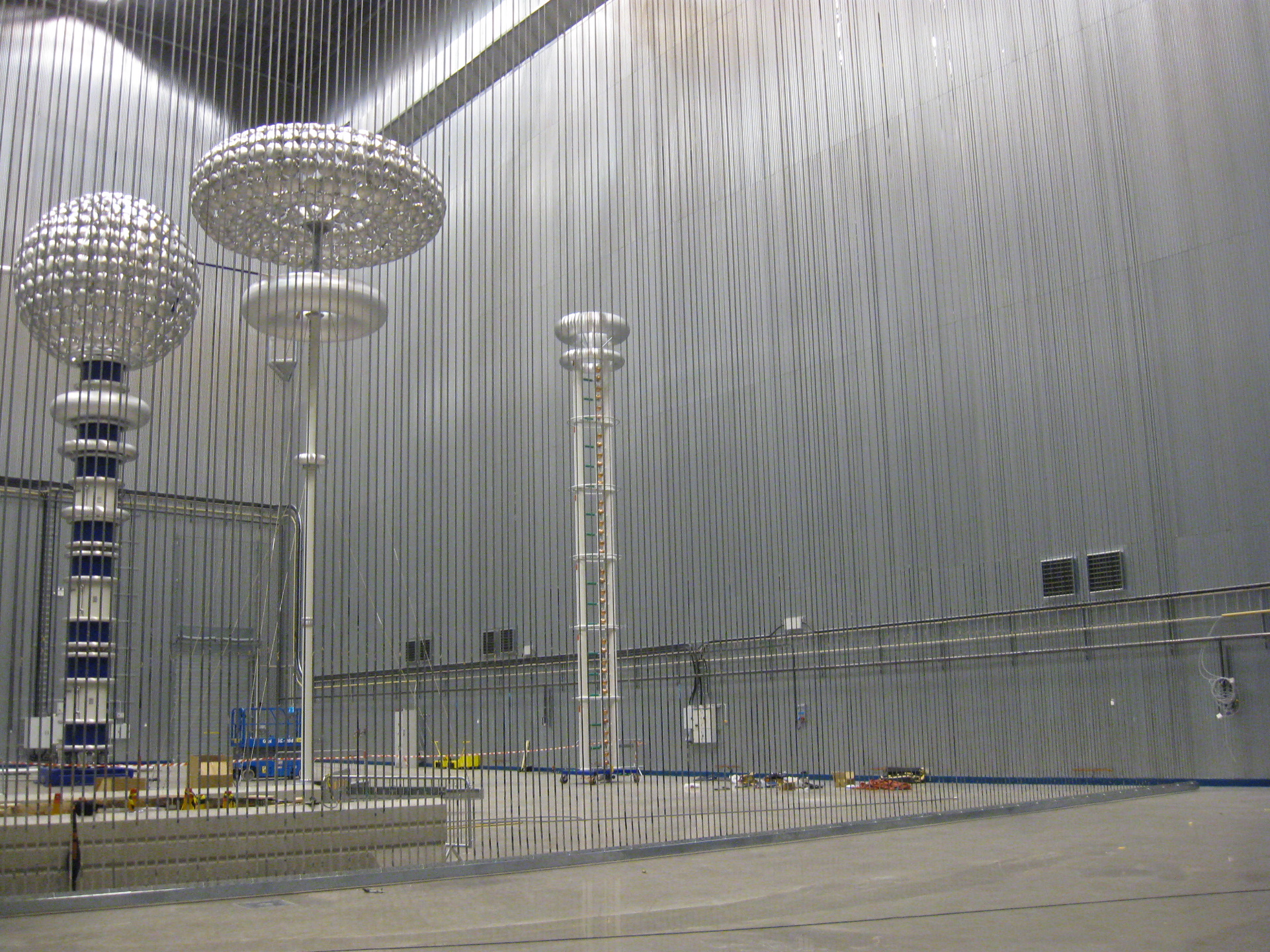Customizing Your Faraday Cage: Innovative Ideas for Safeguarding

In a realm increasingly reliant on tech, the need for protection against EMI has never been more urgent. Faraday cages offer an innovative solution for safeguarding your electronic devices from dangers like EMPs, radio frequency interference, and other forms of electronic disruption. Whether you are a tech enthusiast, a prepper, or simply someone who appreciates the security of their personal electronics, grasping how to tailor a Faraday cage to fit your unique needs can be essential.
As you embark on this path of protection, it is essential to consider various factors, including materials, size, and the effectiveness of the shielding. The right Faraday cage can mean the distinction between a compromised device and a well-preserved one, prepared for operation when you require it. From do-it-yourself endeavors to high-end pre-made options, the choices are numerous, and each offers its own set of advantages and drawbacks. In this article, we will explore innovative concepts for customizing your Faraday cage, ensuring that you have all the knowledge needed to keep your electronic devices safe and sound.
Key Features and Material Choices
When selecting a Faraday cage, various important aspects are essential to consider. To start, the blocking efficiency is key, as it decides how well the cage can filter electromagnetic signals. Look for cages that provide a minimum 50 dB reduction for optimal protection against a spectrum of frequencies. Also, check the construction quality and construction type, ensuring that the cage is robustly constructed to preserve its reliability over the long term. Elements such as entrances and entry panels should also be effectively secured to avoid any loss of EMI.
Choice of materials is important in the effectiveness of a Faraday cage. https://philipsengaines.livejournal.com/profile are the most efficient materials due to their conductivity, with copper, aluminum, and stainless steel being the best options. Copper offers great conduction and resilience against corrosion, making it the best choice for premium cages. Aluminum is lightweight and budget-friendly, making it an great selection for mobility. top article , on the other hand, provides long-lasting strength and sturdiness, suitable for fixed installations. Considering the benefits and drawbacks of each option will help you identify the best fit for your requirements.
Another consideration is the configuration and dimensions of the Faraday cage. Depending on its purpose, the cage should be spacious enough to fit your gadgets while allowing for proper organization. For individual devices, a small form factor may be enough, while bigger arrangements might be required for several devices or critical electronics. Determine how the cage will fit into your home environment and whether you need a portable solution or a stable setup. The best choice of material combined with thoughtful design will ensure that your Faraday cage meets your protection requirements effectively.

Size and Portability Considerations
When choosing a Faraday cage, size is a key factor to consider based on your individual needs. Evaluate the types of devices you hope to protect and how much area they need. A small portable cage may be adequate for personal electronics like smartphones and tablets, while larger cages are essential for more substantial items such as PCs or appliances. Ensuring you have enough capacity to fit your equipment sufficiently without overcrowding is crucial for enhancing protection and accessibility.
Transportability is another important aspect to assess, especially if you plan to relocate your Faraday cage frequently. Light materials and compact designs can help it easier to carry. If you foresee needing to use the cage in different locations, consider options that are simple to put together and disassemble. Portable Faraday bags are also a feasible alternative if adaptability is essential, allowing you to protect devices during transit.
Ultimately, your decision should balance between the necessary size for effective protection and the ease of transportation. If your focus is on emergency preparedness, a larger fixed Faraday cage might serve you well at home, while a transportable model could be perfect for daily use. Think about your way of life and the chance of needing to relocate your equipment when determining the perfect size and transportability features for your Faraday cage.
Examination and Care of Faraday Cages
To ensure your Faraday cage is functioning as designed, it's essential to conduct routine assessments for shielding effectiveness. A straightforward way to verify performance is by using a radio frequency signal generator and a radio receiver. Place a gadget inside the cage and check if it can pick up signals. If the unit remains silent, your Faraday cage is successfully blocking outside signals. For extra assurance, consider using a spectrum analyzer to assess the frequency spectrum that the cage can adequately shield against.
Upkeep is another critical aspect of increasing the lifespan and effectiveness of your Faraday cage. Routine inspect the frame for any material damage that could weaken its shielding capability, such as rust, corrosion, or physical breaches. Ensure all connections are secure and that there are no voids in the mesh or solid walls. Washing the cage periodically can also help maintain its integrity, especially if it is exposed to the elements. A properly cared for cage not only protects against electromagnetic disruption but also keeps your electronics secure from other external factors.
Finally, appropriate storage of your Faraday cage enhances its longevity and functionality. Store it in a dry place, free from prolonged moisture and strain. If the cage is movable, avoid placing heavy items on it or exposing it to extreme temperatures. For portable Faraday cages for electronics , make sure to keep the surrounding area clear to avoid unintentional damage. By following these testing and maintenance strategies, you can ensure that your Faraday cage remains a trustworthy barrier against electromagnetic threats for a long time to come.
